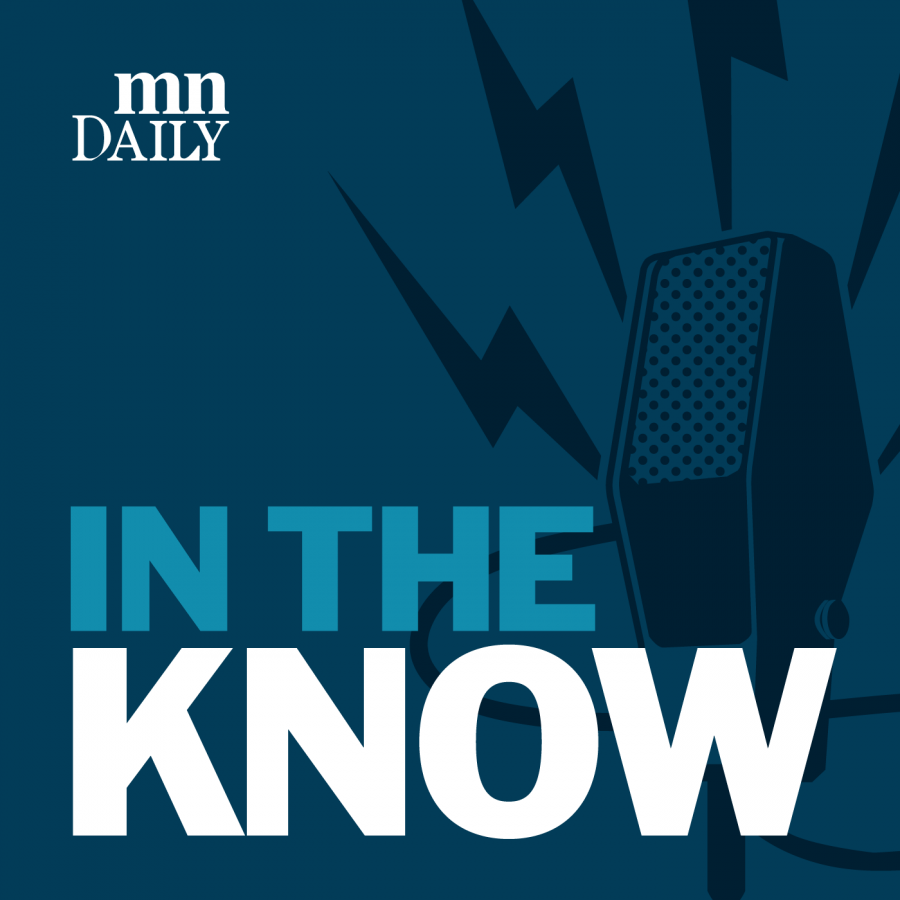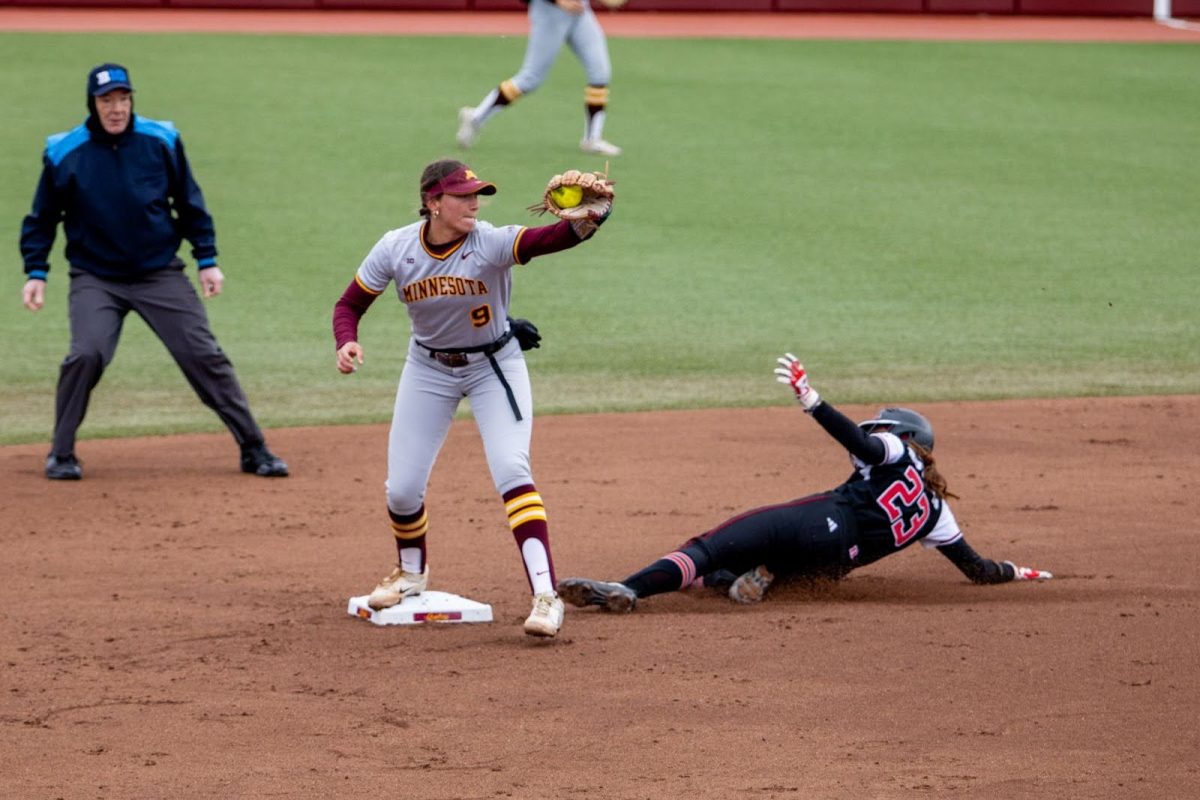.BANDAR ABBAS, Iran (AP) – Each day, the boulevard in this port city derisively dubbed “OPEC Street” is lined with dozens of vendors selling plastic jugs of black-market gasoline to desperate drivers who haggle over the price of a tankful.
Iran is the world’s fourth-largest producer of oil. But its government imposed gasoline rationing last year in hopes of trimming extensive government subsidies. That has created a booming black market across the country – feeding Iranians’ discontent with the economic policies of hardline President Mahmoud Ahmadinejad.
In the capital Tehran and other cities, the black market thrives around gasoline stations and mostly at night as drivers looking to buy fuel approach others who have high gasoline quotas, such as taxis or vans.
But in this city on the Persian Gulf, the boulevard officially named Pasdaran Avenue after Iran’s elite Revolutionary Guards operates as an open-air black market in broad daylight. Its new nickname is meant as a sneer by Iranians, bitter at the irony that their country, a leading member of the world oil cartel OPEC, has resorted to rationing.
“Every taxi driver and anyone who needs gas knows where OPEC Street is,” said Jabbar Dehqani, a 27-year-old with a stand of gasoline jugs on the roadside. “I’m happy – the number of my customers is increasing day by day.”
Iran produces 4.2 million barrels of crude oil each day and sells 2.5 million barrels of it to other countries, making it OPEC’s second-largest producer. But because the country lacks adequate refineries, it must spend more than $3 billion a year to import gasoline for domestic consumption.
There are more than 7 million private cars in Iran eligible for the subsidized gasoline, which the government makes available in limited quantities under the fuel rationing system.
The new system began in May with a 25 percent hike in the subsidized price of gas, from roughly 30 cents a gallon to 38 cents a gallon. Then in June came the actual rationing, aimed at reducing demand and thus easing government subsidies that cost billions each year.
The government could have raised prices further to cut subsidies, but that would have been highly unpopular with the public. A slight increase in prices in May sparked attacks on gas stations. So small price rises and rationing was a compromise solution.
Still the system has become a major irritant for many Iranians, who also must deal with spiraling inflation and widespread shortages of gas for heating during a brutal winter that has caused at least 60 deaths.
















